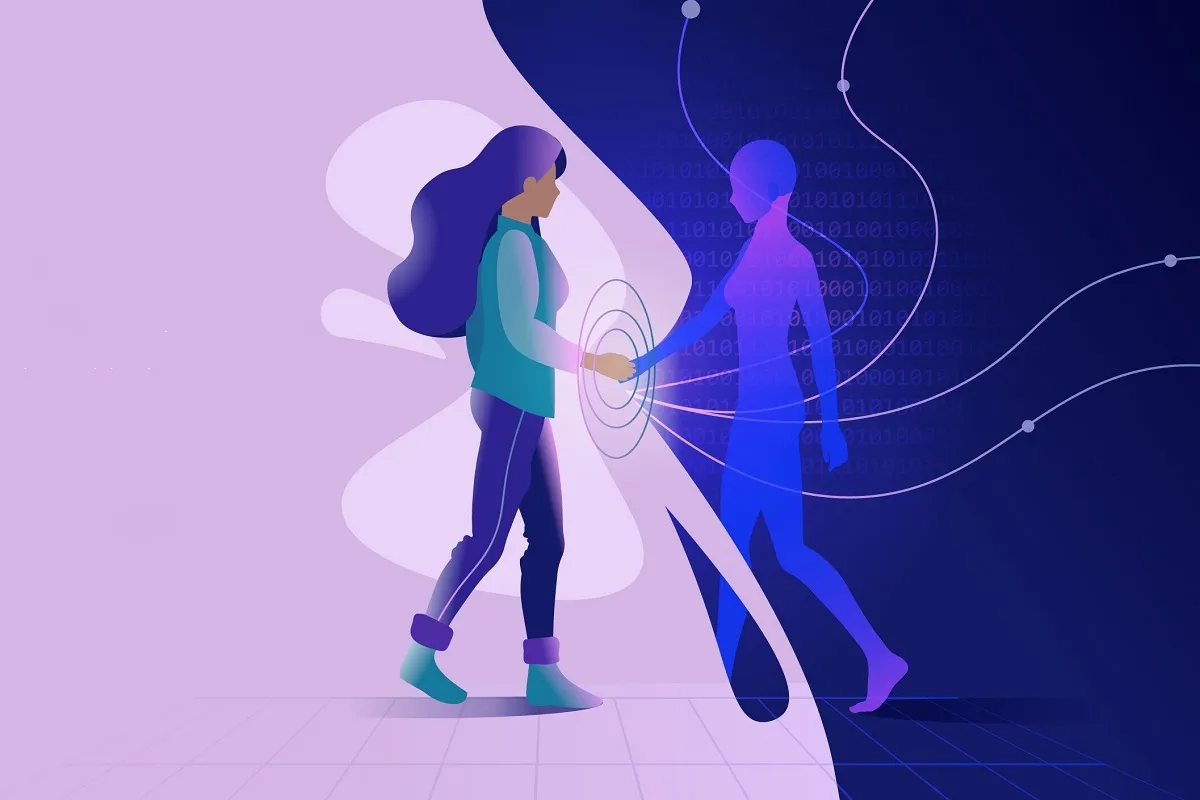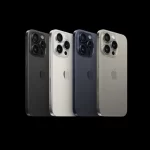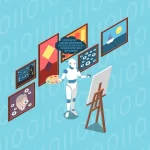Recent studies reveal that AI chatbots, specifically those based on large language models, are increasingly showing prowess in tasks meant to evaluate human creativity.
AI chatbots are now scoring higher than humans in a creativity test named the Alternate Uses Task. But “What do these results actually signify for the intersection of human and machine thinking” or “Does this mean machines are truly creative like us?“
Creativity Through the Alternate Uses Task (AUT)
- Both humans and AI chatbots participated in the Alternate Uses Task (AUT), which is a widely recognized test to gauge divergent thinking and creativity.
- Participants had to suggest multiple unique uses for everyday objects: a rope, a box, a pencil, and a candle, in a limited time frame.
- AI chatbots, on average, displayed impressive results, often surpassing the average human. However, top human performers consistently beat the chatbots in creativity scores.
The Future of AI Writing Tools: What to Expect in 2023 and Beyond
Testing Parameters
The evaluation involved two primary metrics:
- An algorithm that determined the proximity of the proposed use to the object’s original purpose (semantic distance).
- Ratings by six human evaluators, blind to the origin of the responses, who assessed the creativity and originality on a scale of 1 to 5.
Results and Implications
AI chatbots secured average scores that were generally higher than human participants. Top human responses outperformed the best AI chatbot results in most categories. Let’s explore implications:
For AI Developers
These findings showcase the strides AI has made in creative tasks, indicating areas where further development and fine-tuning could be applied, especially in ensuring consistent high-quality responses.
For Creatives
AI’s performance in this study hints at the technology’s potential role as a supplementary tool in the creative process. Rather than viewing AI as competition, creatives could look at it as a partner that offers unique perspectives and ideas.
For Researchers
The study emphasizes the importance of further research into the integration of AI in the creative process. It opens the door for explorations on how AI can complement human creativity rather than merely attempt to replicate it.
For the General Public
It’s essential to note that while AI might produce quality results on average, human creativity’s unique nuances and intricacies remain hard to match. AI’s performance in AUT serves as a testament to technology’s advancement, but human creativity retains its unparalleled essence.
Chatbot Capabilities
While AI advancements, especially in models like ChatGPT and GPT-4, have taken massive strides in mimicking human behavior, they remain as “black boxes”. This means that their internal processes and the exact nature of their training data remain opaque.
They’re adept at fulfilling specific prompts but can falter with slight alterations in instructions, suggesting that their “creativity” may be more about data recall than genuine innovation.
Mastering AI: From Fundamentals to Industry Breakthroughs
Human vs. Machine Creativity
The success of AI in AUT doesn’t necessarily point towards machines’ capability to replace humans in creative endeavors. Instead, it raises deeper philosophical questions about what truly differentiates human intelligence from AI capabilities.
Simone Grassini from the University of Bergen underscores that while technology has made leaps in mimicking human behavior, it’s continuously evolving and should not be seen as a replacement.
Anna Ivanova from MIT points out that we shouldn’t hastily equate the way AI models and humans solve problems, as their underlying processes might be fundamentally different.
Conclusion
The rapid growth of AI in tasks traditionally meant for humans encourages a deeper investigation into machine learning’s true nature.
While these studies illustrate AI’s potential in assisting or enhancing certain tasks, it’s crucial to remember the unique and irreplaceable facets of human creativity.



